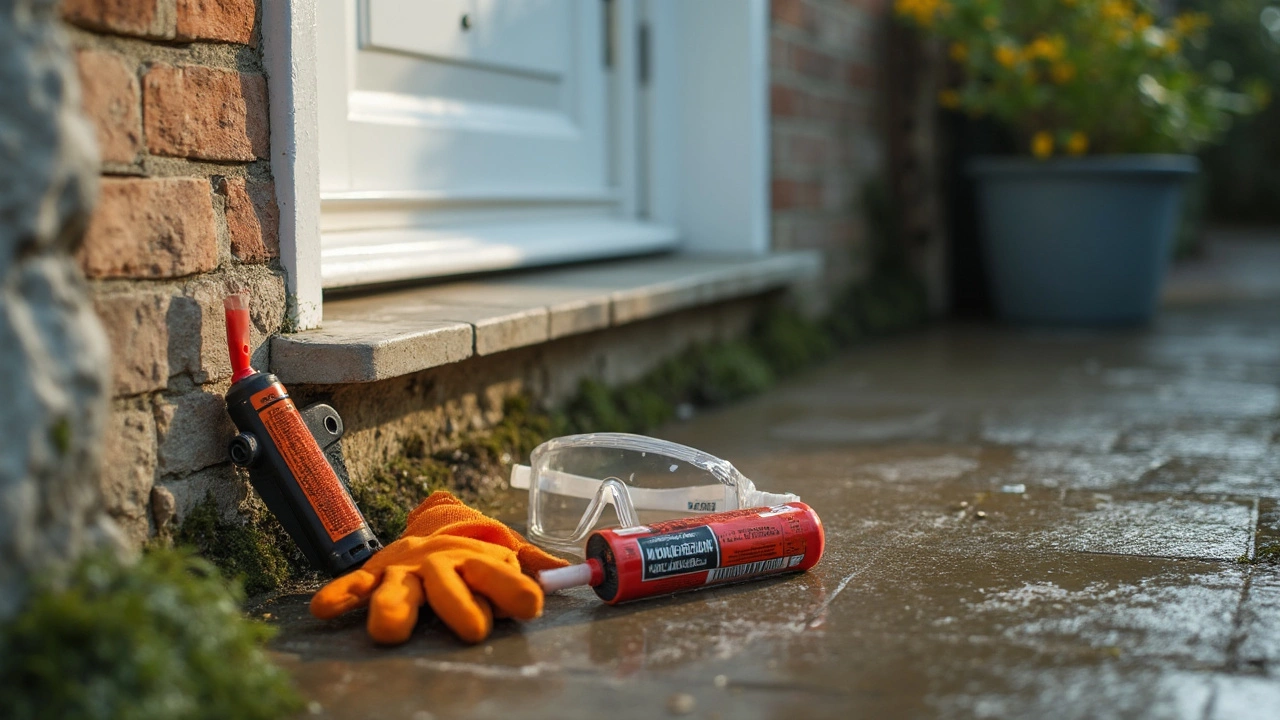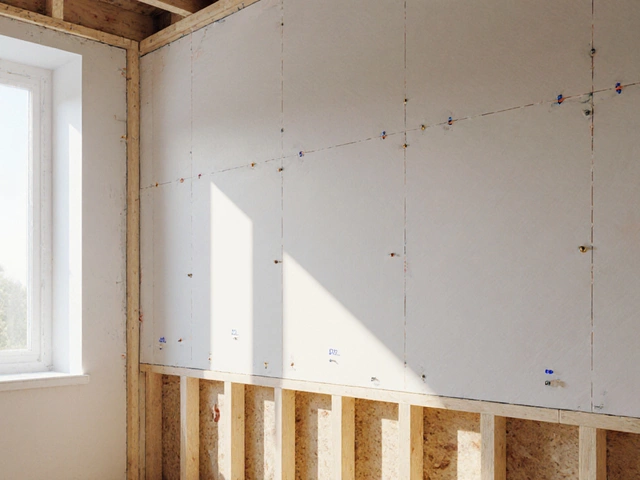Epoxy Injection: The Quick Fix for Foundation Cracks
Got a hairline crack in your basement wall or a larger split in a concrete slab? You don’t need to tear out the whole thing. Epoxy injection can seal the crack, restore strength, and keep water out—all without a big mess. It’s a method that many homeowners and contractors trust because it’s fast, strong, and doesn’t require heavy equipment.
How Epoxy Injection Works
First, the crack is cleaned out. Any loose dirt, powder, or old mortar gets vacuumed or brushed away so the epoxy can bond directly to solid material. Then, a special epoxy resin is mixed with a hardener. This mixture stays liquid long enough to flow into the crack, but it hardens quickly once it’s in place.
Small tubes or pumps push the epoxy into the crack from one end to the other. As the resin fills the space, it expands slightly, pushing the walls of the crack back together. After the manufacturer’s cure time—usually a few hours—the epoxy turns into a solid, waterproof bond that acts like the original concrete.
The whole process can be done in a single day for most residential jobs. Because the epoxy is designed to match the strength of the surrounding concrete, it doesn’t weaken the structure. It also resists chemicals and temperature changes, so the repair lasts for years.
When to Choose Epoxy Injection
Epoxy injection is ideal for cracks that are narrow (less than 1/4 inch) but run deep into the slab or wall. If the crack is still moving, you should first address the soil or drainage issue causing the movement, then come back for the injection. It’s also great for fixing cracks that let water seep in, because the hardened epoxy creates a watertight seal.
Don’t use epoxy on cracks that are wider than 1/2 inch, or on areas where the concrete is crumbling. In those cases, a larger repair method—like a patch or a full replacement—might be needed. Also, if there’s a structural shift still happening, fixing the crack won’t solve the underlying problem.
Cost‑wise, epoxy injection is cheaper than pulling up a slab and pouring new concrete. You’re looking at material costs of a few hundred pounds plus labor, which is often a fraction of a full replacement. For homeowners on a budget, it’s a win‑win: you get a solid repair without blowing your budget.
At Lime Hillock Construction Material Resources, we supply the high‑grade limestone aggregates and cement mixes that pair perfectly with epoxy systems. Our local quarries give you fast delivery, so you can get the right filler material on time and keep the project moving.
Bottom line: if you spot a crack that’s not getting any bigger, epoxy injection can lock it down fast. Clean the crack, inject the resin, let it cure, and you’ve added years of stability to your foundation. Remember to check the cause of the crack first, and you’ll avoid surprise repairs down the road.
Can You Fix Your Own House Foundation? DIY vs Pro, Costs, and Steps

Yes-some foundation fixes are DIY: sealing hairline cracks, improving drainage, regrading. No-structural movement needs pros. Here’s how to tell, what to do, and costs.
read moreBest Foundation Crack Repair: What Actually Works?

Wondering how to fix a crack in your home's foundation? This article breaks down the best options out there, from pro materials to simple at-home fixes. We’ll talk about what actually fixes the problem and what just covers it up. You’ll find tips on spotting bigger trouble, easy tools to grab, and when it’s best to call for backup. Save yourself wasted time and money—get straight to what works.
read more



